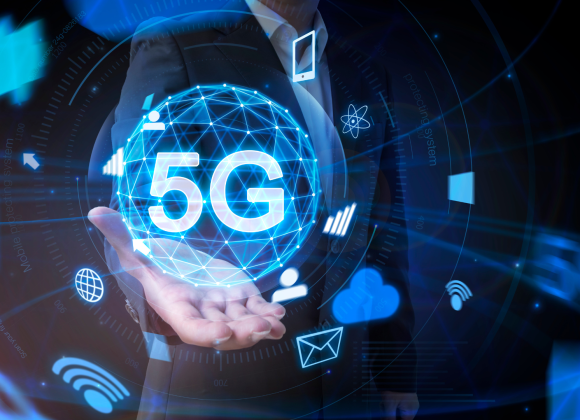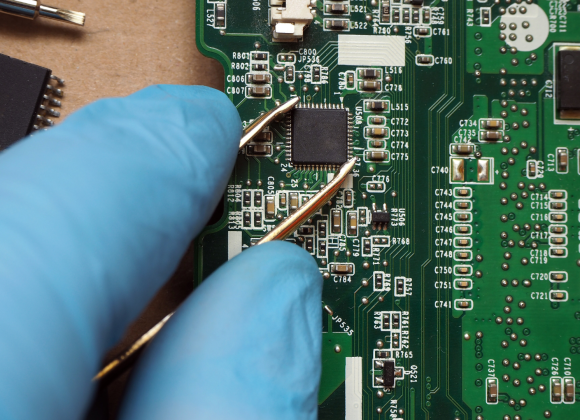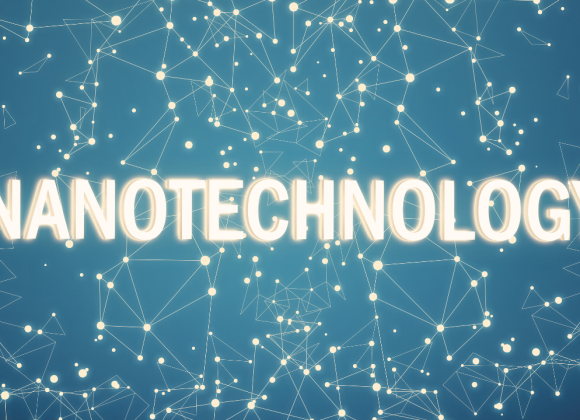“The age of generalist robotics is here.” – Jensen Huang
Artificial intelligence (AI) and robotics are no longer just futuristic concepts—they are actively shaping our present and driving us toward a more automated, intelligent, and efficient world. From self-driving cars to AI-powered healthcare solutions, these technologies are rapidly transforming industries, making processes faster, safer, and more accurate. At GTC 2025, Nvidia CEO Jensen Huang took a monumental step forward in the field of AI-driven automation by unveiling Blue, a groundbreaking humanoid robot designed to revolutionize human-robot interaction. Powered by Nvidia’s next-generation AI chips, Blue represents a significant leap in robotics, paving the way for advanced automation in manufacturing, healthcare, logistics, retail, and customer service.
Nvidia has always been at the forefront of innovations in AI and machine learning, enabling everything from autonomous vehicles to graphics created with AI. However, with Blue, the firm is pushing the integration of AI to new limits, developing humanoid robots that can learn, evolve, and co-work with humans in a way more efficient than ever before.
In this blog, we’ll explore Nvidia’s latest AI chips, the revolutionary technology behind Blue, its potential applications, and the impact AI-powered robotics will have on industries worldwide.
Blue: The Future of Humanoid Robotics
Blue, driven by Nvidia’s AI-powered Isaac GR00T N1 platform, is a revolutionary humanoid robot capable of processing real-time information, deciphering sophisticated surroundings, and carrying out activities with human-like accuracy. Unlike older robots, Blue uses deep learning, high-performance computer vision, and reinforcement learning to learn, engage harmoniously with people, and optimize activities through experience. This advanced technology allows Blue to travel through various environments, identify objects, and support sectors such as manufacturing, healthcare, logistics, and customer support. Powered by Nvidia’s advanced AI chips, Blue is a giant step toward autonomous machines that improve productivity and redefine AI-based robotics.
Blue: The Next-Gen AI Humanoid Key Features

- AI-Powered Learning: Blue is capable of learning new things using reinforcement learning, becoming more efficient with each passing day.
- Real-Time Decision Making: With Nvidia’s most advanced AI accelerators, Blue is able to process information in real-time and respond to shifting environments.
- Precision Motion Control: With high-performance deep-learning algorithms, Blue can execute precise and intricate tasks like assembling machines, aiding in surgery, or handling sensitive objects.
- Human-Like Interaction: Blue can interpret voice commands, gestures, and facial expressions, which makes it suitable for industries that need human interaction.
Watch Blue in Action:
Nvidia’s AI Chips: The Power Behind Blue
Nvidia’s newest AI chips drive Blue’s enhanced features by handling massive data amounts in real-time, optimizing efficiency and minimizing costs of operations. These new-generation AI chips deliver super-speedy processing, which allows Blue to instantly scan terabytes of data and make instant decisions with human accuracy. Their energy-saving nature helps lower power usage, thus making Blue a green and economical option. Furthermore, with edge computing functionality, Blue processes data on the device itself, reducing the need for cloud computing and facilitating real-time decision-making with less latency.
🔗 More about Nvidia’s AI chips: Nvidia AI & Robotics
How Blue is Transforming Industries
- Manufacturing & Logistics: Blue optimizes factory automation through the support of assembly lines, quality assurance, and warehouse management. Blue lowers the cost of labor, decreases workplace accidents, and optimizes supply chains through AI optimization.
- Healthcare and Elderly Care: In medicine, Blue assists in robotic surgery, tracks patients, and aids in elderly and disabled care. Blue enhances medication administration and increases general healthcare accessibility.
- Retail & Customer Service: Blue transforms customer service by automating check-ins, directing customers, and responding to questions in shops, hotels, and airports. It simplifies operations while improving security and tailored customer experiences.
Challenges & The Future of AI Integration
Despite its advancements, Blue and similar AI robots face challenges such as high development costs, data privacy concerns, and ethical issues like job displacement. Securing AI-driven systems against potential breaches remains crucial as they rely on vast amounts of sensitive data.
Looking ahead, Nvidia is advancing AI robotics with self-learning robots that adapt autonomously, reducing the need for manual programming. The future may also see autonomous AI cities where robots assist in traffic management, security, and urban planning. Additionally, AI-driven research could revolutionize space exploration, environmental monitoring, and medical advancements, shaping the future of automation and human-robot collaboration.
🔗 Learn more about AI innovations: Nvidia AI Research
Final Thoughts
Blue’s debut at GTC 2025 marks an exciting step forward in the world of AI and robotics. Developed using Nvidia’s latest AI chips, Blue isn’t just a humanoid robot—it’s a glimpse into the future where smart machines work alongside humans to boost efficiency, safety, and everyday life. As Nvidia continues pushing the boundaries of technology, we’re entering a new era where AI and robots become helpful partners across industries.
What do you think of AI robots such as Blue? Will they define the future? Let us hear your thoughts in the comments below.
Author: Bishal Das




